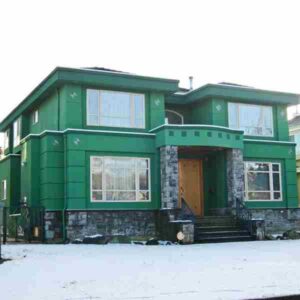July turned out to be decent month in terms of real estate sales. The numbers were up 23.5% from last July. Mind you, last July was the slowest July since 2000. However, sales are still up 23.1% from June of this year. In a usually slow summer market, it seems the sales were delayed as buyers were bargain hunting.
The sales number were 7.8% below the 10-year July sales average, so it is not too bad.
The inventory is 17.3% higher than last July, but 4.9% lower than this June due to the recent stronger activity.
The sales-to-active listings ratios are healthier. 13.5% for detached homes, 20% for townhomes and 22% for apartments. Between 12 and 20% is considered balance. However, the prices continue to drop month over month. 0.5% for detached homes. 0.2% for apartments and 0.6% for attached homes.
Since the last news letter, the bank’s qualifying rate went down for the first time since 2016. This is the rate the bank has to use to calculate whether you can support the mortgage payments even though your contract rate maybe a lot lower. This rate went from 5.34% to 5.19%. This means you can “afford” approx. 1.5% more property. This does not mean much, so no need to rush out to see your mortgage brokers. Also, if you require this extra bit to qualify, please review your finances before proceeding. Make sure you have a rock-solid job and 6 months of emergency fund available.
While this will not affect the real estate market much, it reflects the underlying drop of the bond rates and the weakness of the economy. More significantly, the longer-term bonds are dropping faster than the shorter-term bond. In fact, the 10-year bond has a lower rate than the 2-year bond. This is what they call an inverted yield and is a classic signal for a coming recession. While it is not 100% predictive and does not indicate the length and severity of the recession, it is something that must be considered if you are planning on entering the market. Germany and the US also have their bond yield curves inverted as well. A sign of a weakening global economy.

